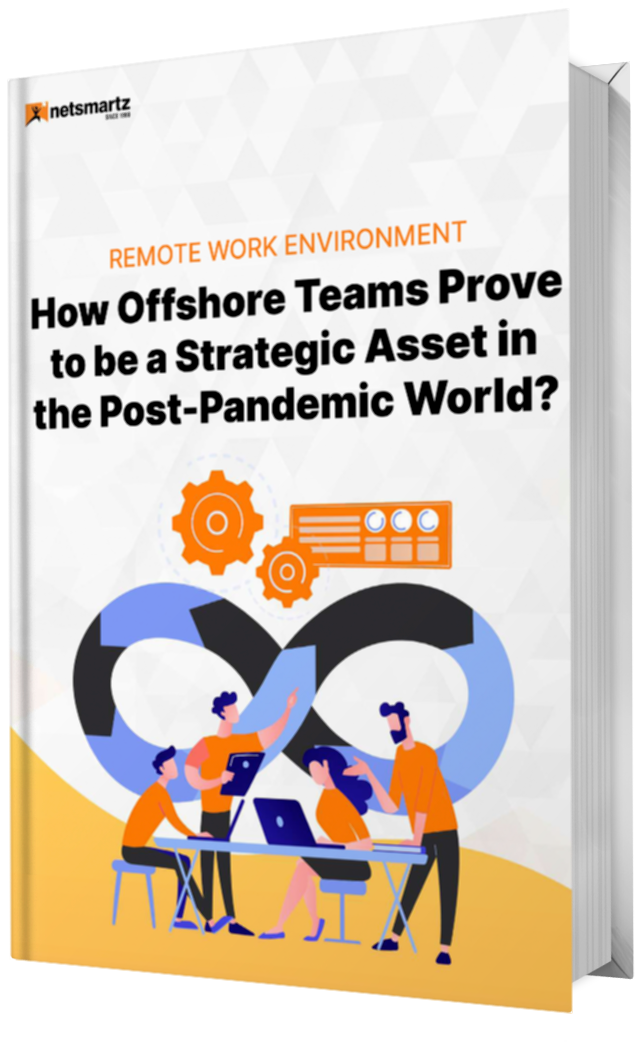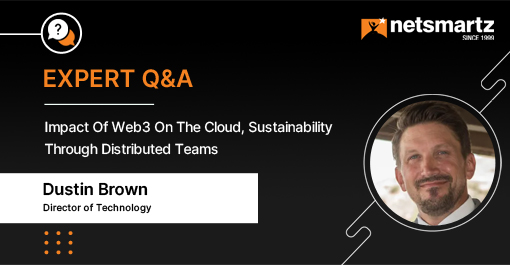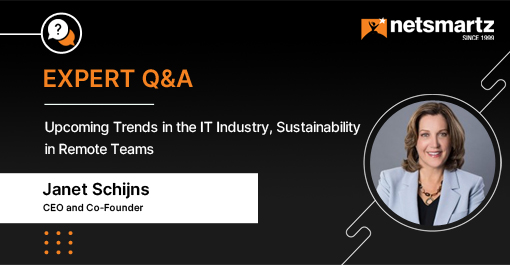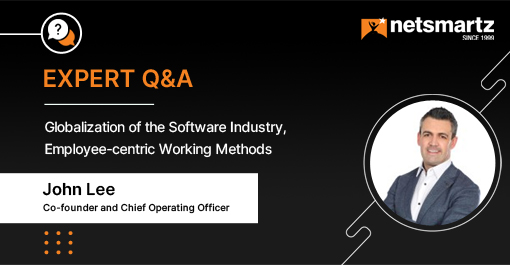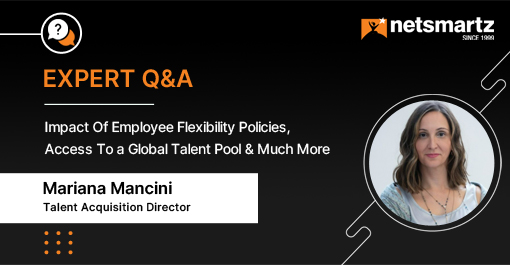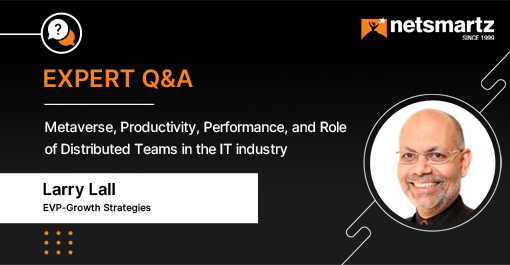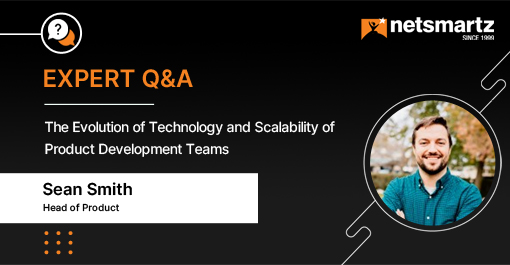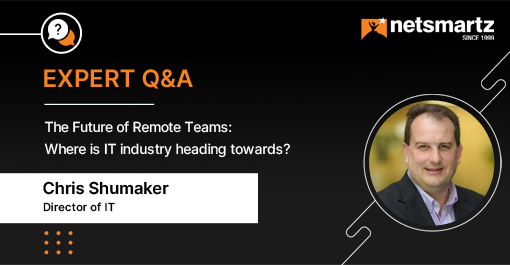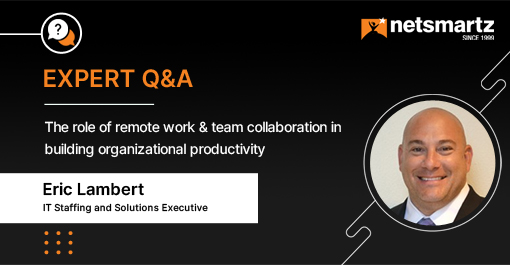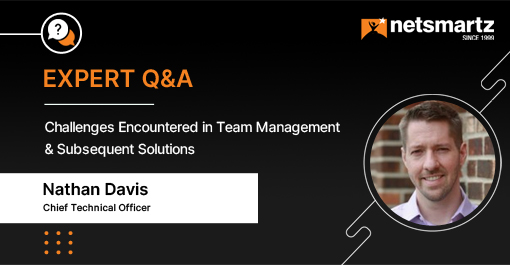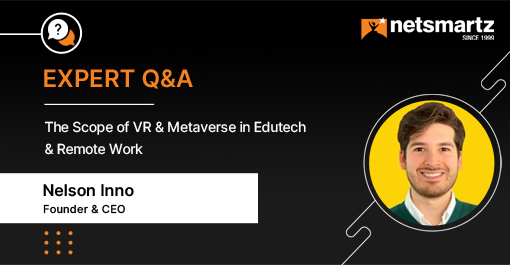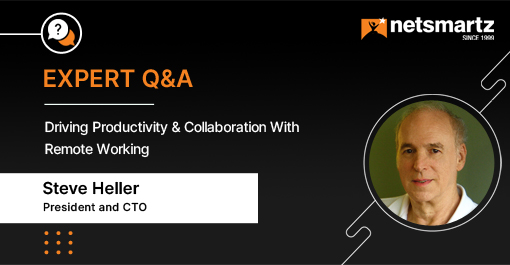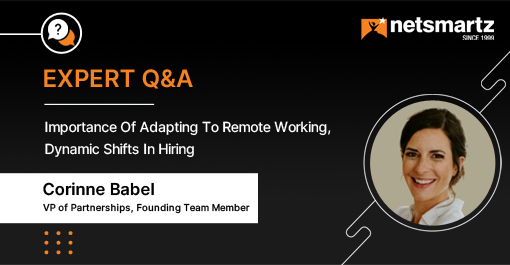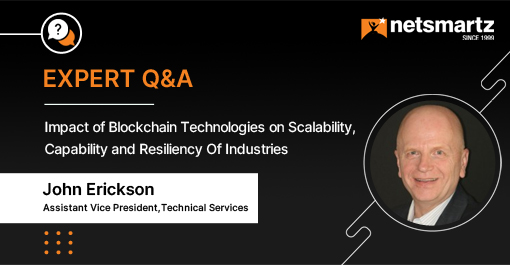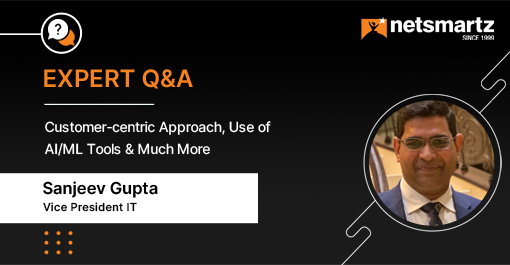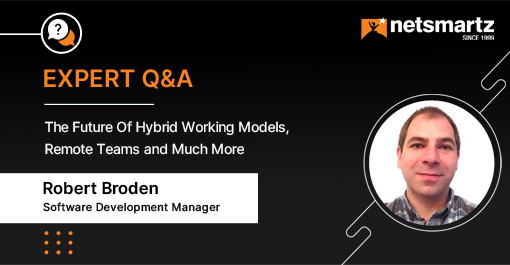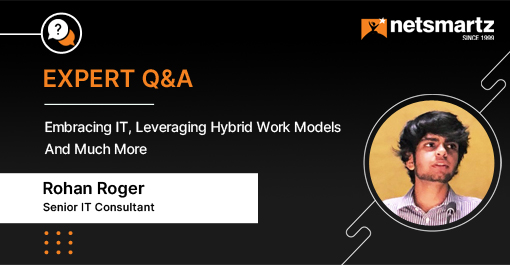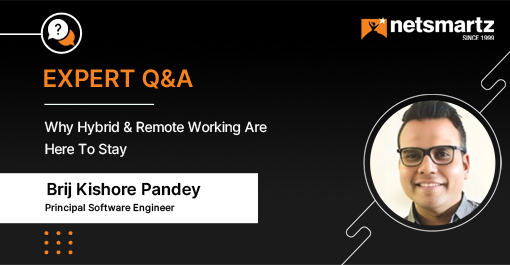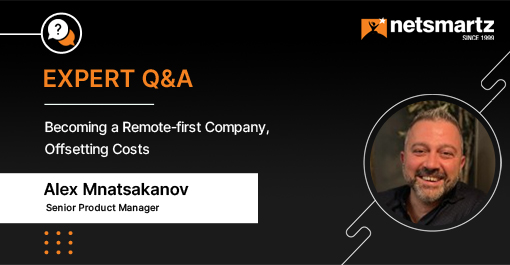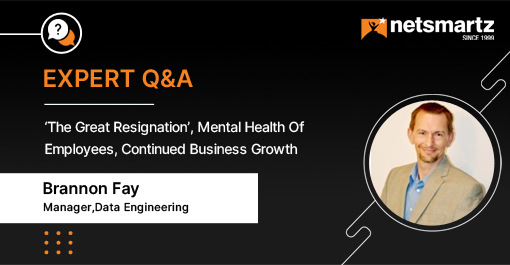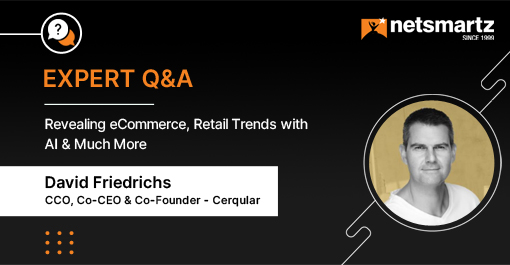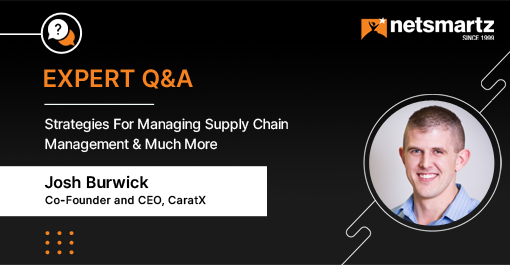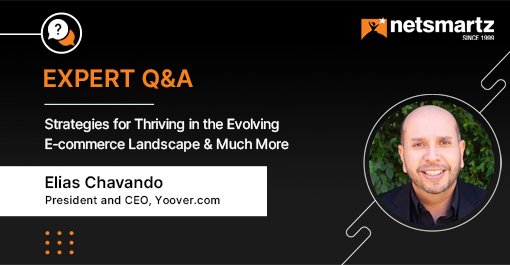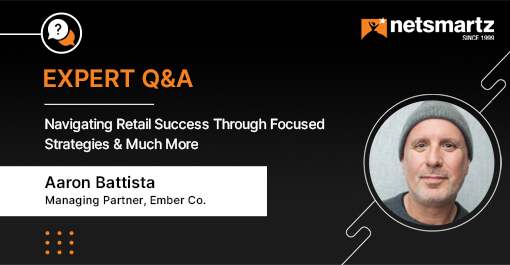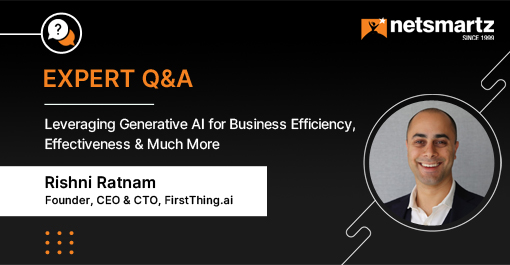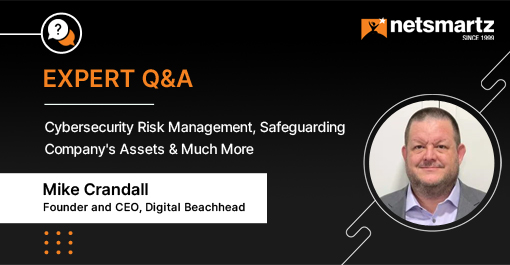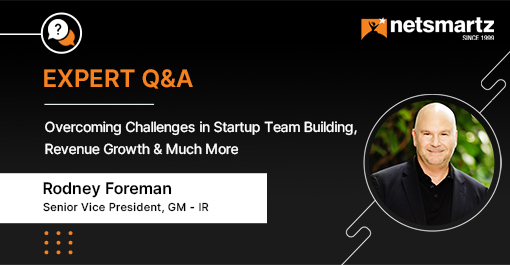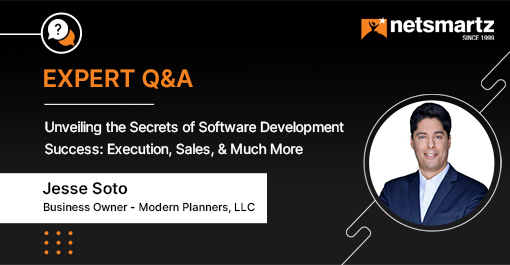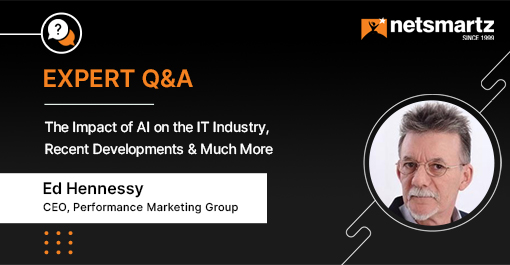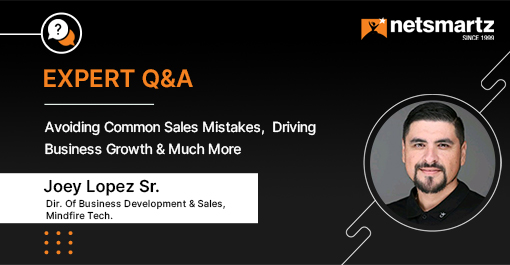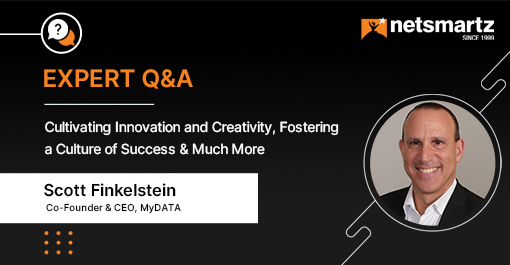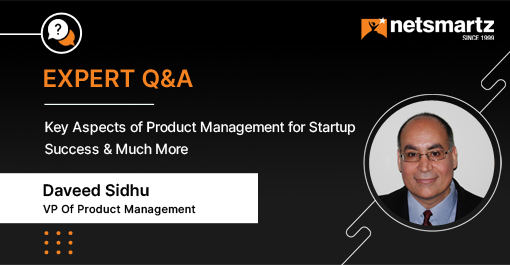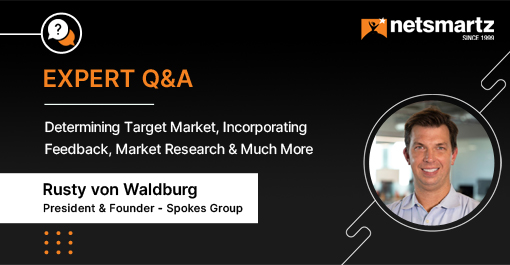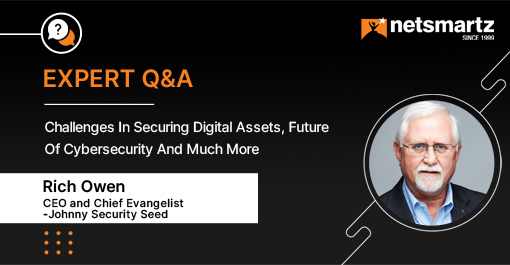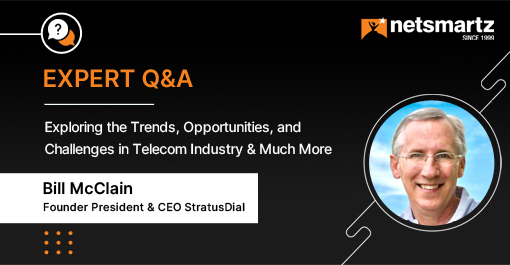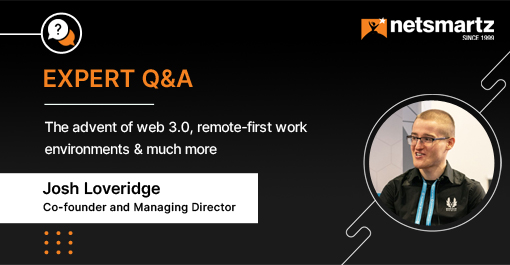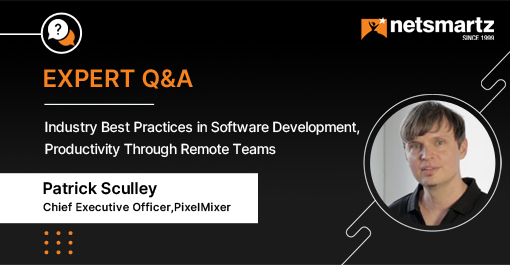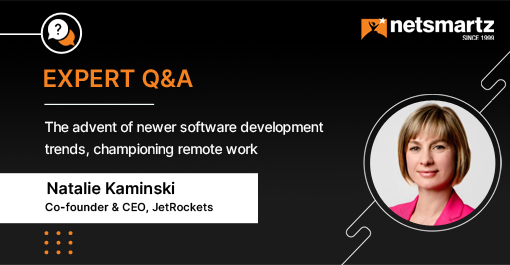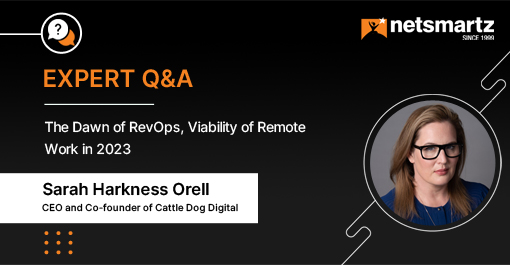‘The Great Resignation’, Mental Health Of Employees, Continued Business Growth
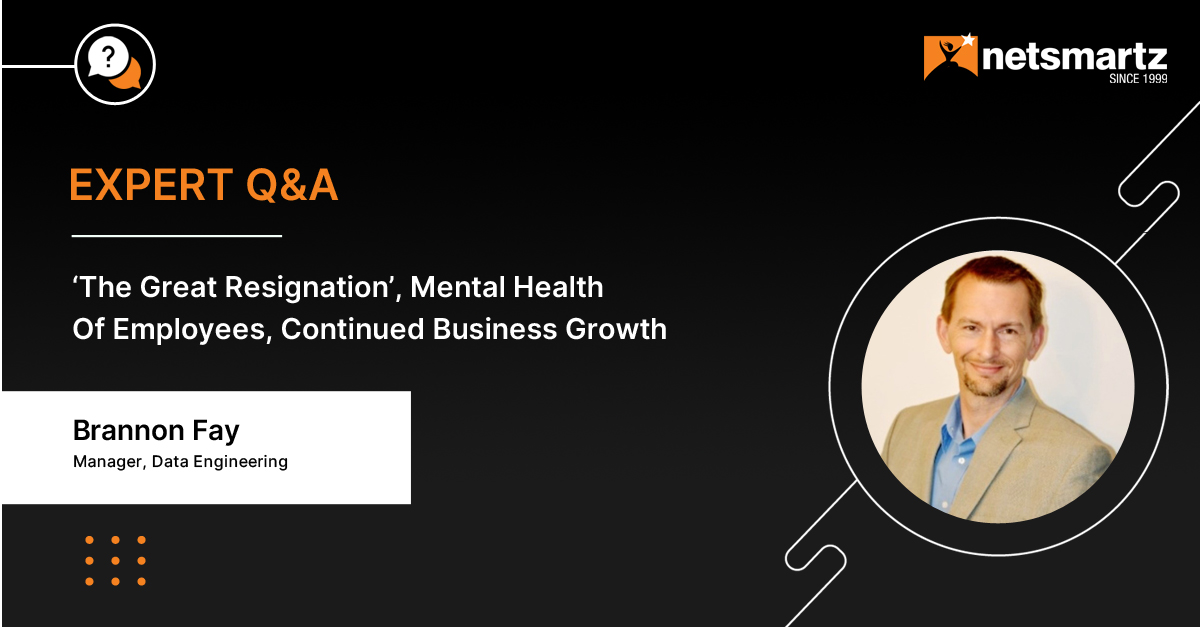
Scaling your business is something every founder dreams of but not a lot of people dare to do so and this is where remote hiring and outsourcing comes into play. Outsourcing can help companies scale whilst offsetting business costs that come with onsite scaling.
We sat down with Brannon Fay, Manager of Data Engineering at KORE Wireless, to hear his take on building remote teams and why it is the new normal.
Want to contribute to our expert insights?
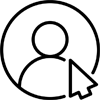 About Brannon Fay
About Brannon Fay
A well-rounded IT Leader with over 20 years in Software Engineering, Performance Engineering and IT Operations, Brannon Fay’s expertise over the years have helped every business he’s worked for. He’s currently working as a Manager of Data Engineering at KORE Wireless, providing his expertise.
1. It seems that COVID and the lockdowns have created shifts in the resources marketplace.
a. What do you see occurring over the short, midterm, and long term?
In the short term there is a lot of opportunity for the employee to find the right place to work and a lot of openings. No longer are they restricted by geography. To the employer, it appears as if that means there are a lot of potential recruits but it is hard to find solid candidates. Overall a lot of confusion.
This is called ‘The Great Resignation’ because people no longer want to accept what was any longer. But in the end, they need a job to provide for themselves and their families. They, we, want a job that is fulfilling and cares about us. We do not just have to work any longer and many of us are waking up to that. That leads to the midterm phase.
This period of confusion will begin to settle down. Some companies have and will settle on policies on their want to have people in the office. That most likely will be with a hybrid option. Other companies will promote remote work, 4-day work weeks and mental needs over a work-first mentality.
In the long term, a lot of people will have new jobs that they like and that makes for happy people which leads to great work. Those companies that put their people and their mental needs first will attract the best talent.
b. What are your thoughts, actions and opinions on the topic?
We need to look at the results of companies that focus on the employees and get great results financially. Companies will continue to focus on the bottom line and want to revert to how things used to be done because that was predictable and the revenue and shareholder value was delivered. That doesn’t provide the highest potential for work-life balance and mental state that can be achieved while also sustaining or growing revenue beyond the old norm. It is very possible to do both. Happy employees drive high productivity. They can get more done in less time if they are mentally focused and have a piece of mind that their employer is putting them first. It pays off for both the employee and employer.
2. The supply and demand in the IT marketplace have seen a change recently.
a. Have you seen this demand shift?
Yes, I have experienced ups and downs of hiring in my career and a negative hiring market before the pandemic but nothing like this. Currently, it is really hard to find qualified candidates. There are an enormous number of candidates. With that, there are smaller amounts of qualified candidates that companies are willing to pay for. It is an employee’s market to set the salary now and previous salary models based on geography no longer apply. It is akin to what we have seen in housing with the sellers being able to set really high prices for buyers to bid on. Employers willing to pay for really good talent in salary and mental benefits are going to get the best talent. Companies sticking with their existing salary ranges will get left behind. The previous methods to update salary models that are typically one to two years old will no longer work for this current employee market. They need real-time data or they will be left behind. They may say they are limited by their budget but the product will suffer if they cannot hire for open positions or hire less qualified people to fill a seat. We know the folks higher up are still getting paid well.
b. What are your thoughts and how are you addressing the shift?
Improving the employer brand is one good way to address this. Get out to webinars, tech events, etc. to show your company name. Be active on social media promoting what cool stuff you are doing, your team having fun, be active in open source contributions, etc.
Make onboarding an awesome experience so they love it and talk about it. Get the new employees active in the public sharing of team activities above.
c. What has been your plan related to remote resources and global resourcing?
As with many companies, the pandemic showed us we can work remotely successfully. I am fortunate in being a fully remote employee. I support and will recruit the best talent I am able to hire as long as my company can support them. The technical/limiting aspect of that includes payroll and benefits.
Some team members still want to work in the office. As soon as that is possible, that will be an option. It will be a full or hybrid option.
3. Remote working expanded massively during the original pandemic. Companies responded rapidly to adjust to the need for remote connectivity, resources, webinar technologies, communications, and the associated costs.?
a. What actions have you taken to adjust to this reality?
Personally I set up a permanent home office. It helped me separate work from home. I can walk out of my office and into my house. I also took the opportunity to reorganize the wiring/networking in my house for the office and for my kids while remote schooling last year.
I have a great setup with a camera and speaker/headphones for video calls. I set a standard with my team and folks around my company have followed my lead to be on camera on calls.
b. What are your plans now that we are moving from a pandemic?
I continue to work remote. There is an office in my city that is part of my company, not my division. I plan to start working from there once a week in the new year.
c. How are you addressing the new costs?
My initial costs, personally, are going into the value of my house. For company costs, I do not think it is a considerable increase and I implore companies to see this as the new norm, update their budgets and support any adjusted costs for hybrid. The mental well-being of their employees is well worth it.
4. What are your alternate considerations when thinking of expanding or scaling your operations? How viable do you think Remote work would be for your industry?
I started my career as a coop during college. Giving college students a chance to work and see if this is the right career, the right size company and atmosphere is something I am passionate about. I continue to support hiring college students and graduate projects. It also gives us a chance to hire the student upon graduation if not earlier.
I also utilize hiring firms to augment staff to fill staffing shortages. Teams I have worked with over the years do an outstanding job finding qualified candidates with a contract we can agree on early. It also provides a safe opportunity for the contractor and a chance for us to bring the person on full time eventually if that is desired by both parties.
I have successfully brought on contractors in remote locations during the pandemic before a total work from home policy was adopted. Finding the right people, providing trust and having the right leadership, team environment and setting accountability up front will ensure the right candidate performs well remotely.
 Wrapping Up
Wrapping Up
Every employees’ mental health is priceless and hybrid or remote working guarantees to maintain a work-life balance whilst helping employees be productive and creative at the same time. We are glad to have Brannon share his thoughts on the same and hope you enjoyed the read.
Are You An Influencer?
Make Your Mark as a Thought Leader
We invite industry influencers to participate in our Q&A panel, offering the audience valuable insight into cutting-edge technology trends, platforms, and more.





